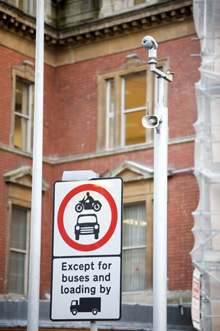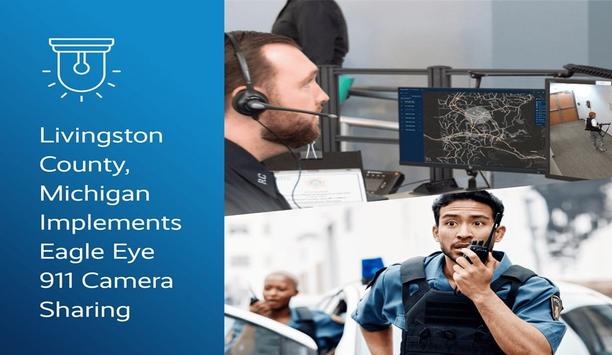 |
| Forward Vision MIC1 cameras helping to combat crime in Bristol |
Bristol City Council first started using MIC1 cameras eight years ago in a city centre surveillance role, after the technology was recommended by a local installer, Select Electrics. Select had installed the fibre network infrastructure across the city and was the Council's principal contractor for the installation and maintenance of CCTV: "At the time, MIC1 cameras were seen as quite a radical design," explains Select Electric's managing director Ray Murphy, "and the Council needed to be convinced that it would give them the level of performance and reliability they needed."
"It is a testimony to its quality that there are now more than 250 cameras from the MIC1 series deployed in Bristol, not only for security but also in a traffic management capacity. On sites where other manufacturers' technology is installed, these cameras are gradually being replaced with MIC1 cameras as budgets become available."
Images from the cameras are transmitted to the City Council's award-winning control room in the council offices. The facility is both CCTV User Group Gold accredited as well as having a national accreditation for social alarm monitoring - one of the few councils in the UK to be so recognised. It has recently been granted funding for a new monitoring wall and matrix system that will allow access to all council, traffic, police and retail CCTV systems.
| The ‘Metal Mickey' is in essence everything you could possibly want from a CCTV camera," says Ray Murphy |
In charge of the control room is manager Gordon McLanaghan: "We first trialled one of the cameras in 2000 and have never looked back," he explains. "They give us a level of flexibility and reliability that we need, and are sufficiently robust to operate in a number of challenging environments. They are also ‘plug and play' which is excellent from an installation and maintenance perspective, and if parts need to be replaced they can be changed with the minimum of downtime."
The success of the cameras in a security surveillance capacity led the Council to look at MIC1 cameras for use in traffic management, managed through a dedicated urban traffic control room: "The cameras used across the city - whether for traffic management or city centre surveillance - can be viewed in either control room," Gordon McLanaghan says.
"Recently, my colleagues in traffic secured funding to increase the number of cameras deployed, and because they could access the cameras we have already installed, they were able to extend their scheme quite dramatically. I recommended they use MIC1 cameras and after a trial against a range of competitor technology, they agreed that the MIC1s offered greater performance and better value for money."
"The quality of images and the effectiveness of the zoom from each of the cameras is second to none," Gordon McLanaghan adds, "but there are also other advantages. It is easy to configure Automatic Number Plate Recognition (ANPR) functionality, for example, on any of the cameras, which gives us tremendous flexibility, and their design makes them unobtrusive and aesthetically better looking. We are replacing the old ‘shoebox' cameras with MIC1 cameras wherever we can as budgets become available.
| "The quality of images and the effectiveness of the zoom from each of the cameras is second to none," says Gordon McLanaghan |
The latest MIC1 cameras to be installed in Bristol are units from the MIC1-400 aluminium and MIC1-400 infrared ranges. Both are rated to IP68 for the ultimate in environmental protection, come with a choice of 18x or 36x true day/night camera modules and offer extremely flexible mounting options. The MIC1-400 infrared range benefits from built in infrared illuminators providing over 55 metres of illumination at night.
















